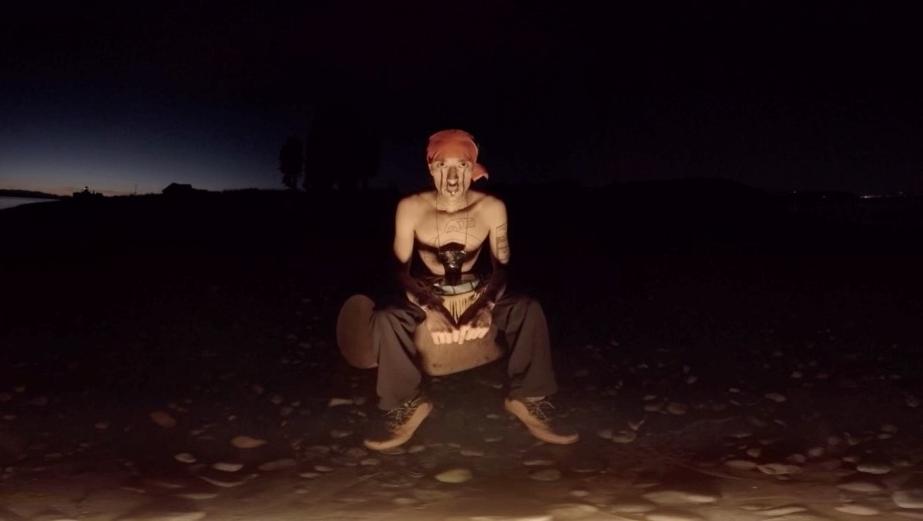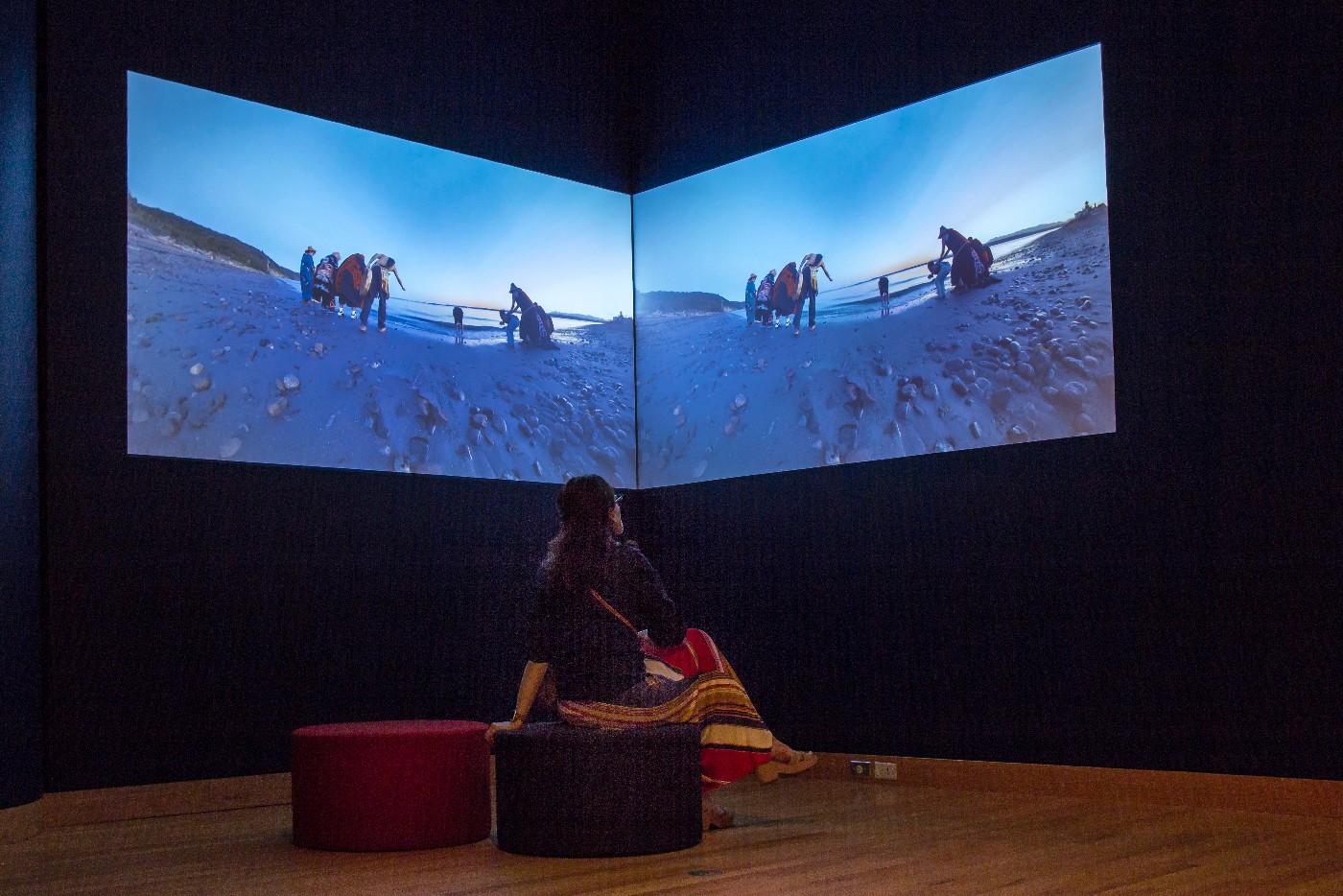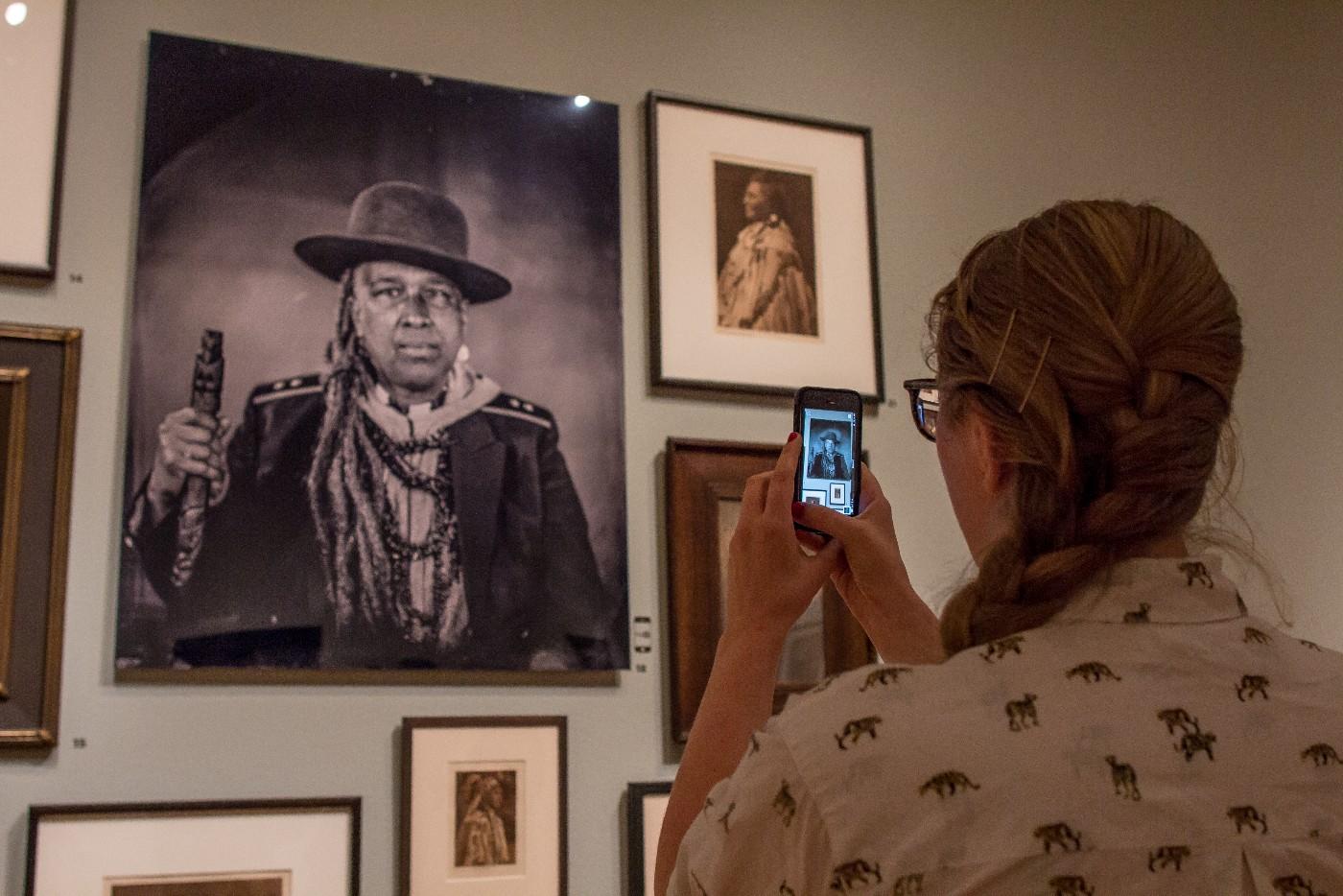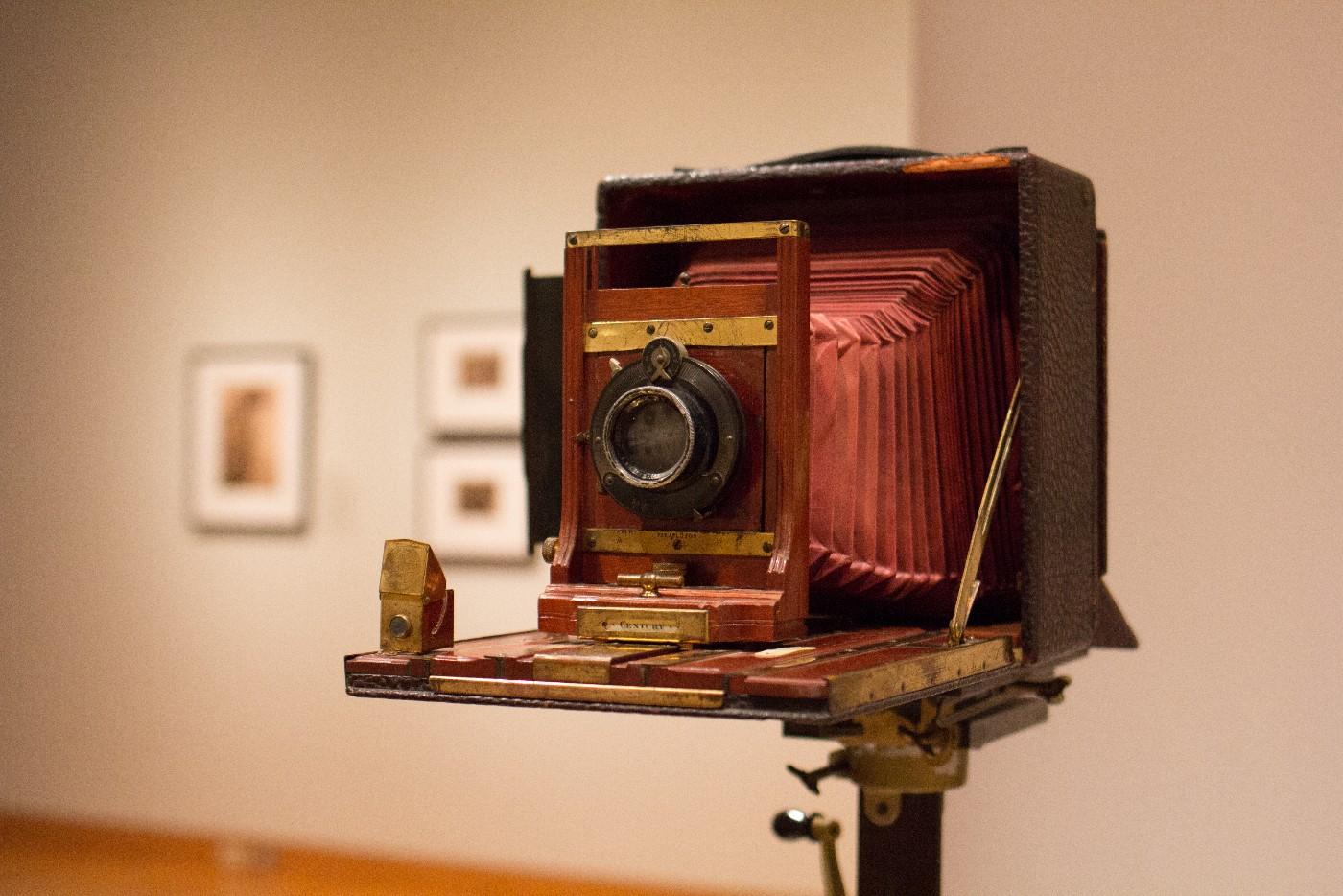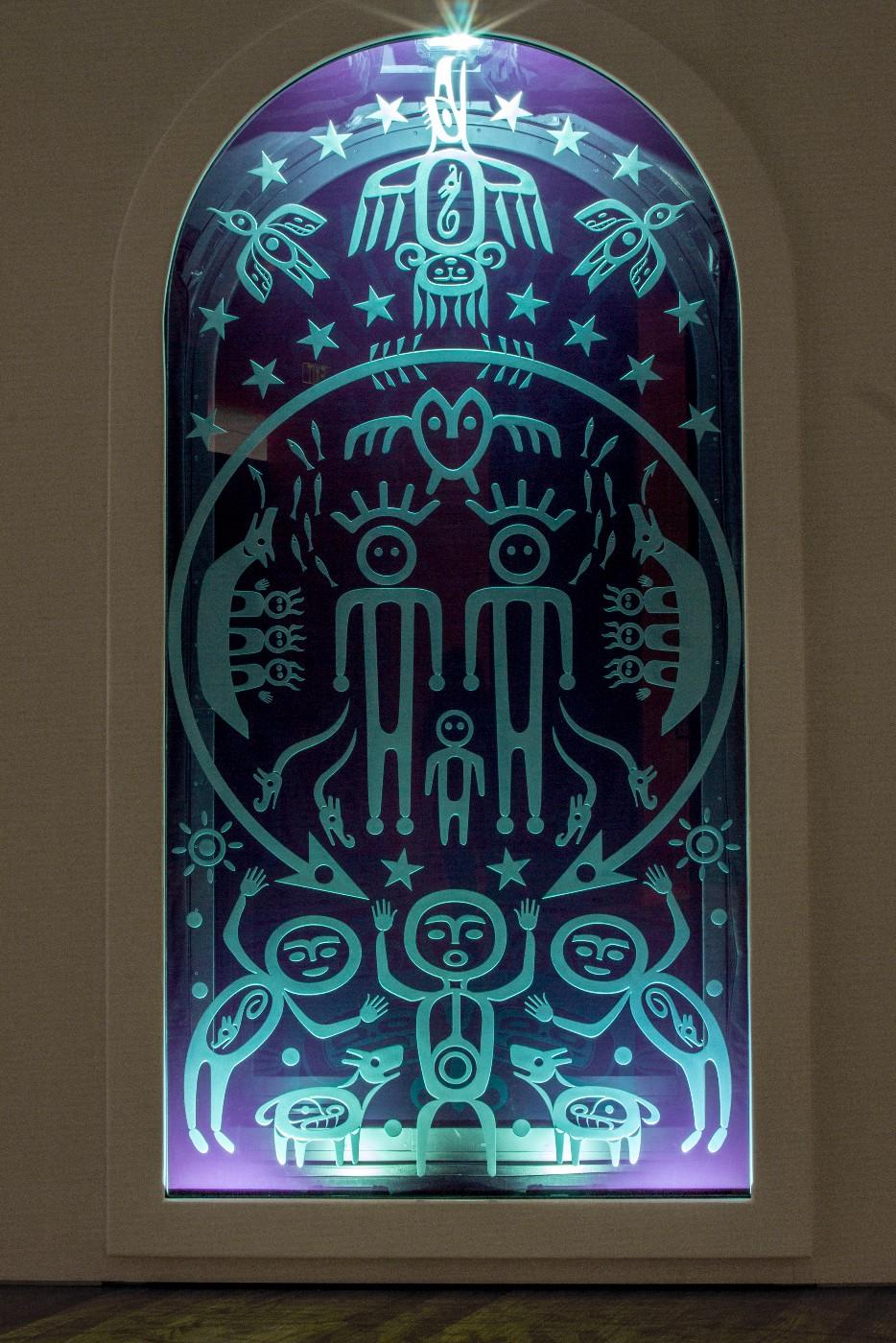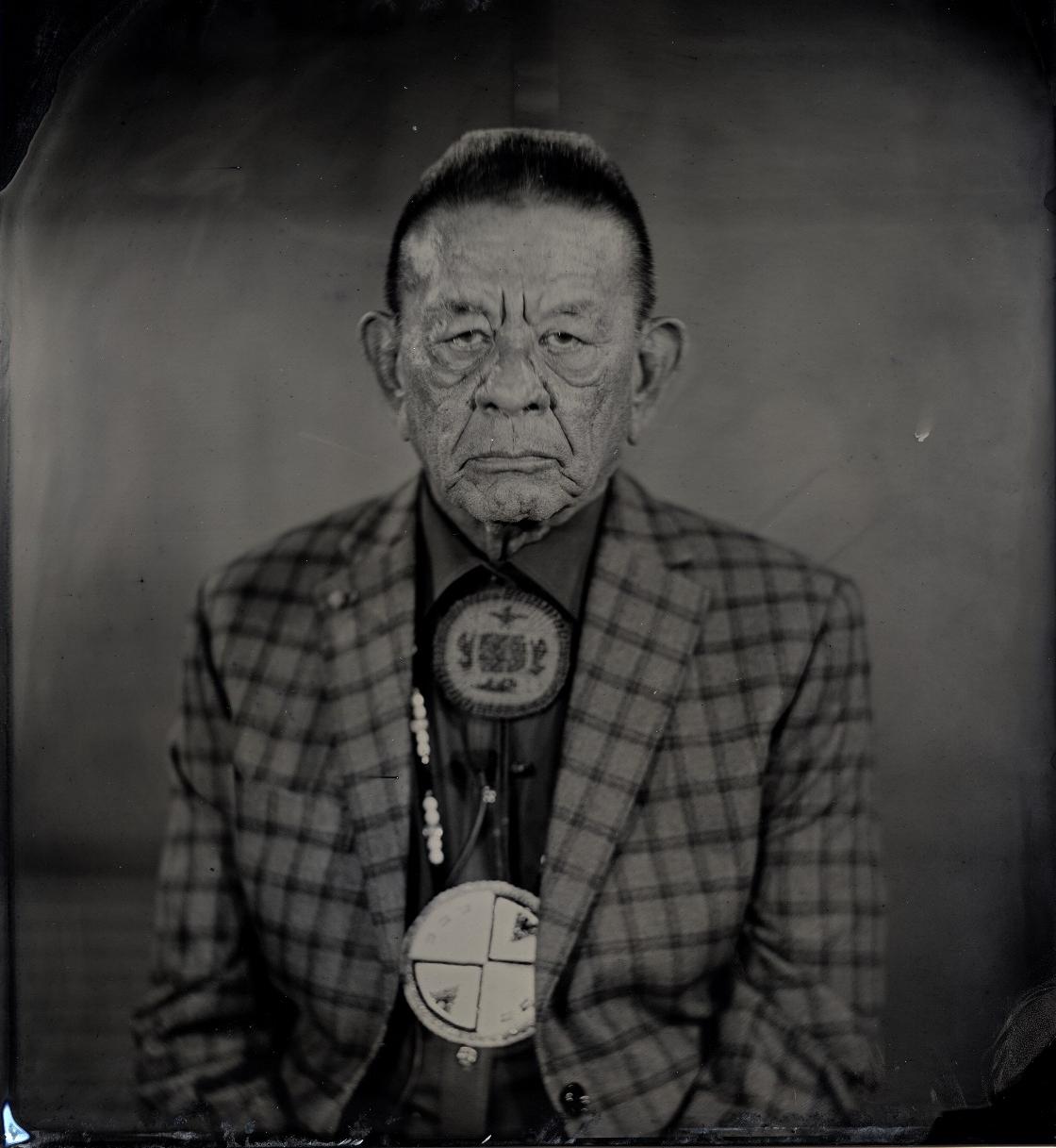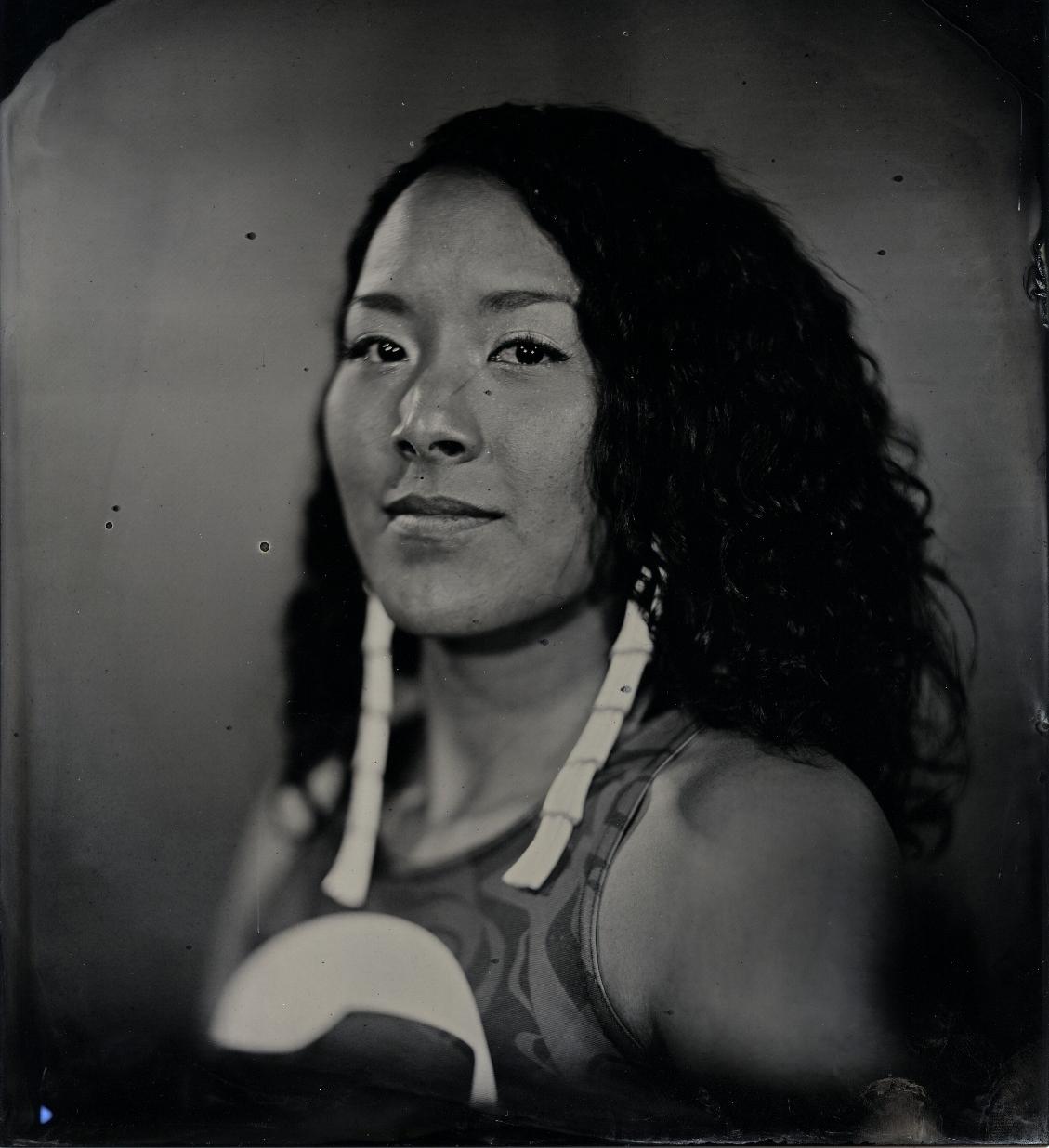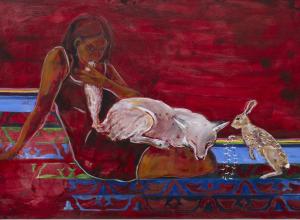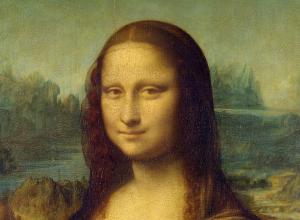One of the most well-known photographers of Native Americans and the American West, Curtis started his first photography studio in Seattle in 1891, where he photographed Princess Angeline, Chief Seattle’s daughter. Double Exposure commemorates the 150th anniversary of Curtis’s birth and explores how photography and other media shape identity.
Double Exposure features hundreds of Curtis’s photographs, as well as lantern slides and a docu-drama film. Contemporary multi-media installations integrated throughout the exhibition create a conversation about stereotypes, history, racial identity and art and culture.




